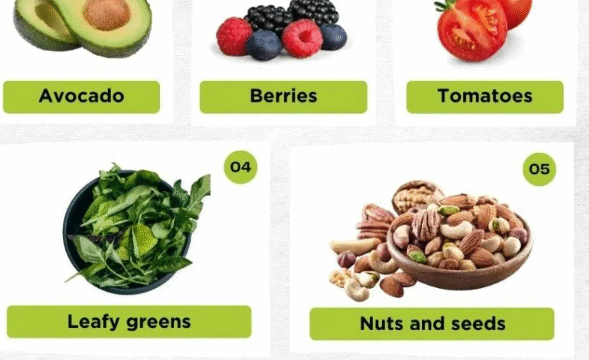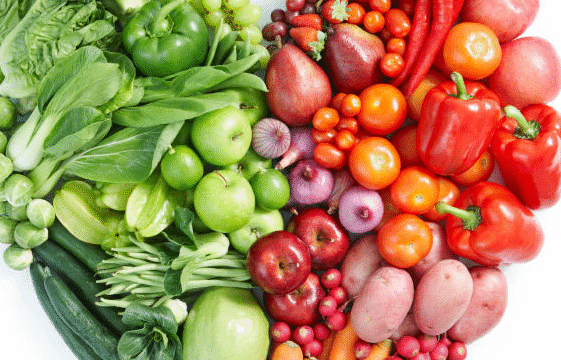Encouraging Healthy Habits with Positivity and Confidence
Kids are naturally curious—especially about their growing bodies and what keeps them healthy.
One gentle and supportive way to help them make good choices is by connecting the dots between food and skin health.
Rather than focusing on appearance, this conversation is a great opportunity to teach lifelong habits that support overall well-being.
Here’s how to talk to kids about food and skin in a way that’s uplifting, educational, and empowering.
1. Focus on Health, Not Looks
Start with simple, age-appropriate language like:
“Some foods help our bodies stay strong and our skin stay comfy and calm.”
Instead of emphasizing breakouts or skin concerns, keep the focus on how different foods can help them feel good, stay energized, and support things like hydration and sunshine protection.
2. Make It Fun and Interactive
Use mealtimes or grocery shopping as a chance to explore together:
-
“Which fruits do you think are best for glowing skin?”
-
“Let’s try a ‘rainbow plate’—the more colors, the better!”
By turning learning into a game, you encourage curiosity rather than pressure.
3. Connect Foods to Skin Gently
You can explain how certain nutrients support skin in positive ways:
-
Orange fruits & veggies (like carrots or sweet potatoes) give your skin a natural glow.
-
Berries are full of antioxidants that help protect your skin from the inside.
-
Water helps skin stay soft and happy.
Avoid labeling any foods as “bad.” Instead, encourage balance with phrases like:
“Let’s enjoy all kinds of food, and add a few that help our skin too!”
4. Model a Positive Relationship with Food
Kids learn a lot by example. Talk about your own choices with kindness:
-
“I’m choosing this smoothie today because it helps me feel refreshed.”
-
“I like to snack on cucumbers—they’re crunchy and good for my skin!”
When adults show excitement about nourishing foods without criticism or guilt, kids are more likely to follow.
5. Encourage Questions Without Shame
If a child brings up skin-related concerns, respond with empathy. Say things like:
-
“That’s something a lot of kids go through—it’s totally normal.”
-
“Your body is amazing in so many ways, and the right foods can help it stay strong.”
Let them know it’s okay to talk about changes in their skin or body, and that you’re always there to support them.
6. Keep the Conversation Ongoing
One chat isn’t enough—and that’s okay. Keep the door open with regular, relaxed conversations:
-
“Did you notice how your skin feels after eating fruit this week?”
-
“Want to try making a snack that’s good for your skin together?”
When talking about food and skin becomes a part of everyday life, kids grow up with a balanced mindset—and more confidence in their choices.
Final Thoughts
Talking to kids about food and skin doesn’t have to be complicated. By keeping the tone positive, focusing on health rather than appearance, and encouraging curiosity, you set the stage for lifelong wellness habits. And best of all? You strengthen your connection with them through care and trust.


